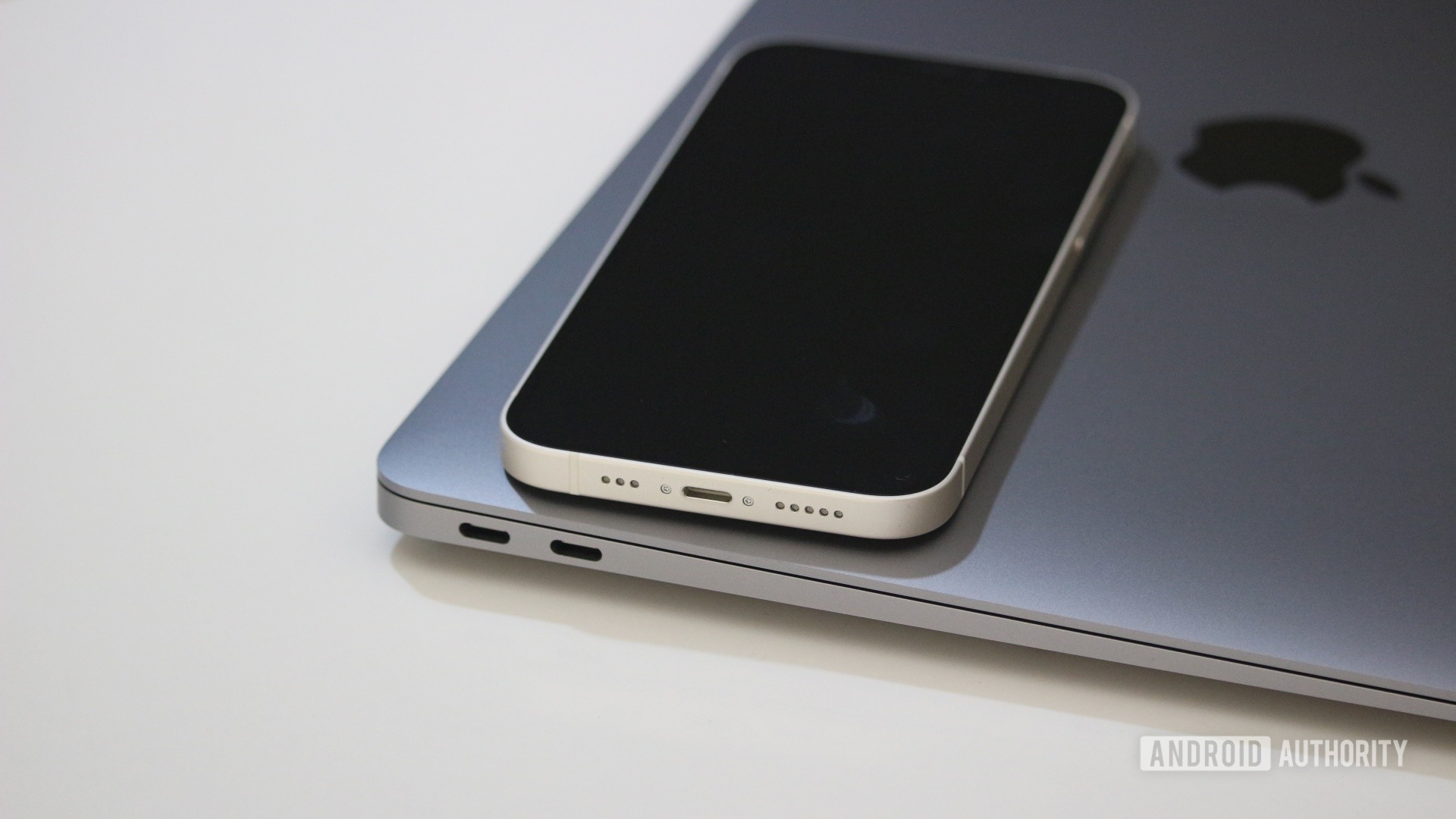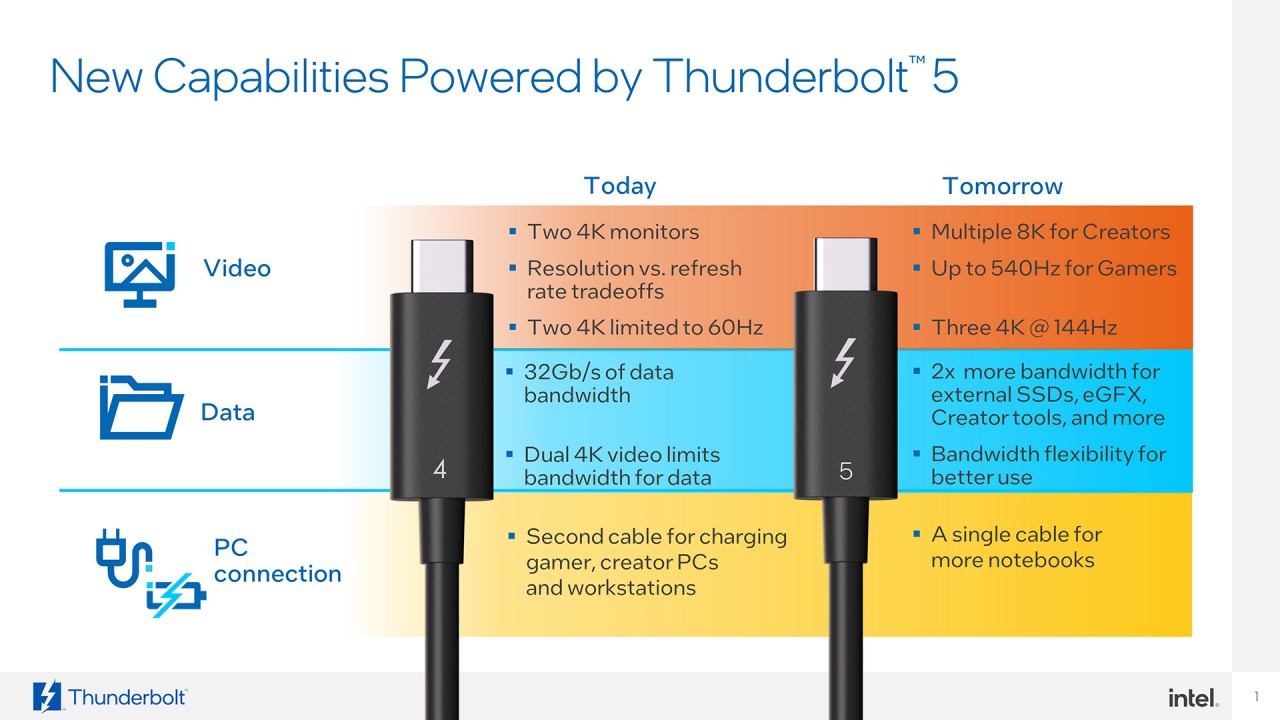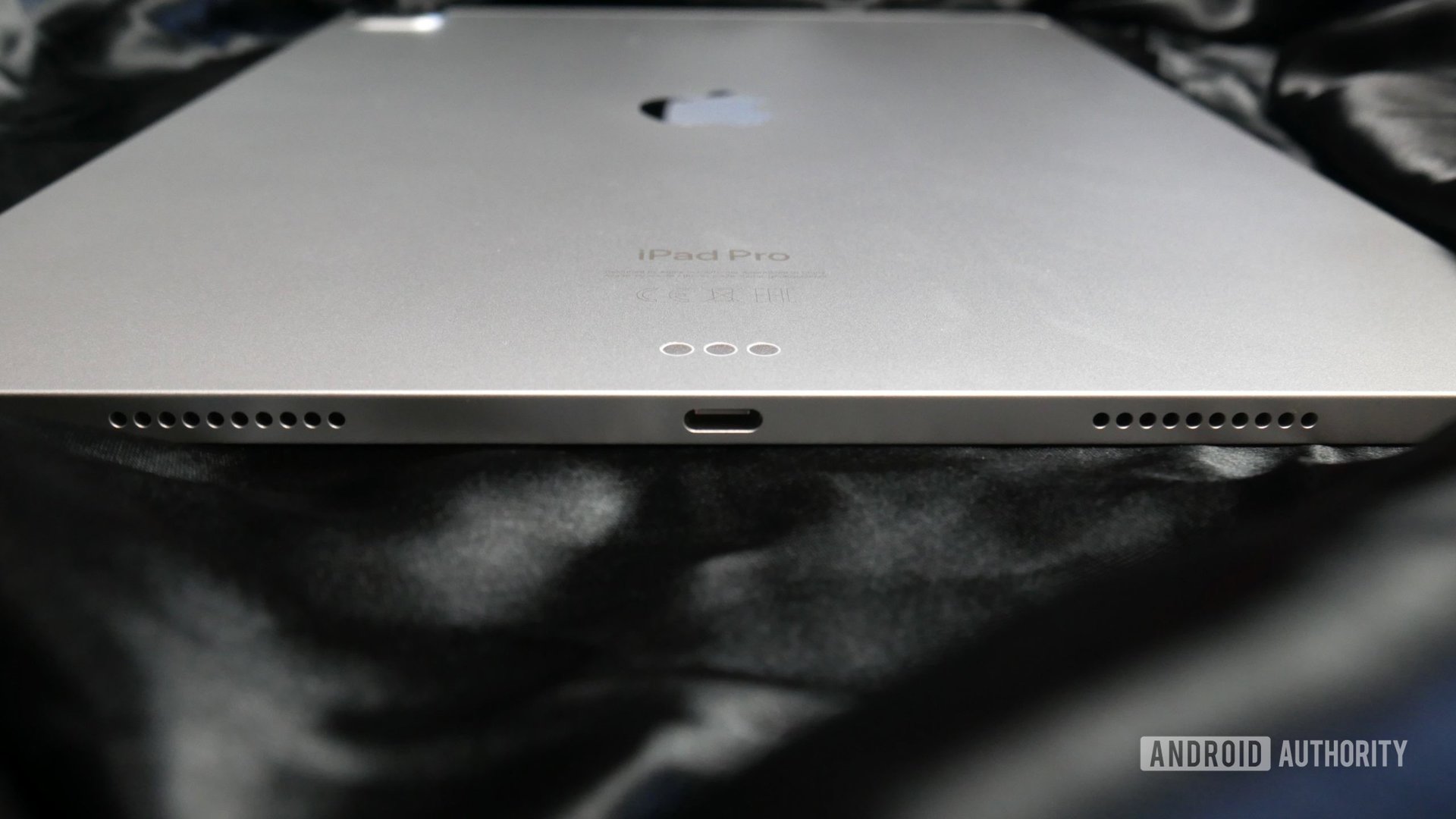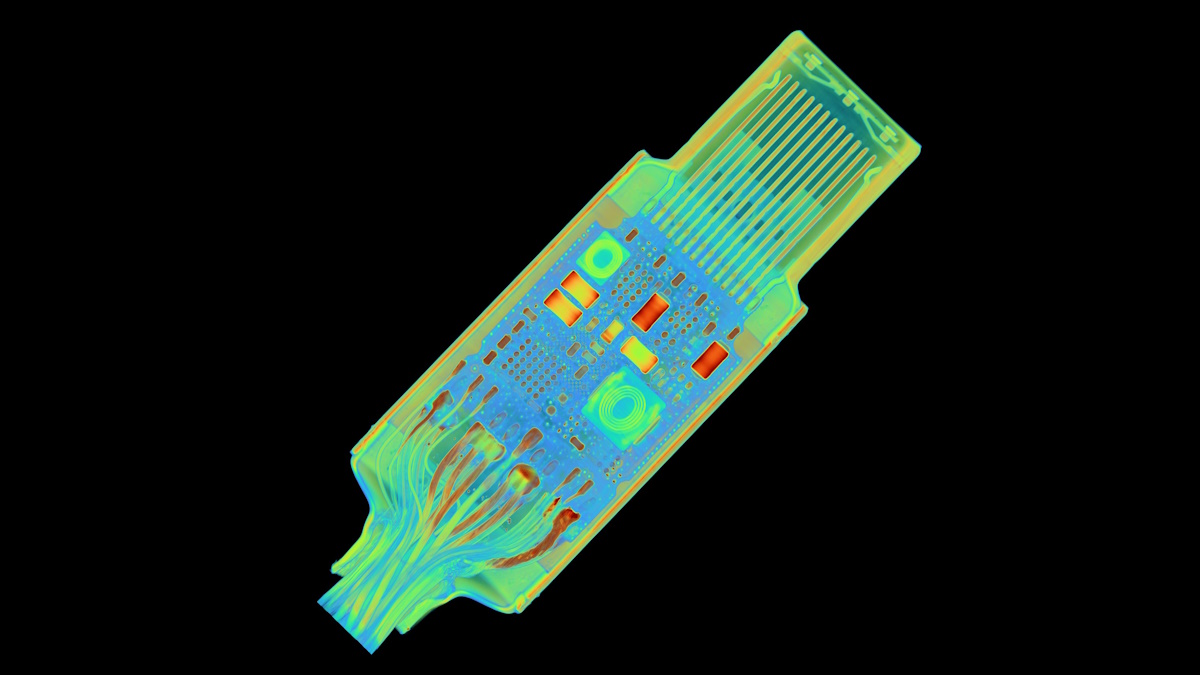Affiliate links on Android Authority may earn us a commission. Learn more.
Thunderbolt 5: Release date, bandwidth, display support and more

With modern laptops having fewer ports each generation, you may have considered various adapters to connect displays, external storage, and other peripherals. But most run-of-the-mill USB-C dongles and adapters don’t have enough bandwidth to support multiple connected devices simultaneously. That’s where the Thunderbolt interface comes in with its ability to handle multiple high-resolution displays and SSDs simultaneously. The latest Thunderbolt 5 takes things even further, allowing you to connect even more devices with a single cable.
So in this article, let’s take a closer look at what’s new with Thunderbolt 5, what it can do, and when you can expect laptop makers to adopt it.
Thunderbolt 5: Release date
Intel hasn’t kept the existence of Thunderbolt 5 a secret – the company first demoed it all the way back in October 2022 and formally announced its features to the public in September 2023. Manufacturers and accessory makers received the full set of technical specifications in the final quarter of 2023.
You can expect the first devices sporting Thunderbolt 5 ports to be released sometime in 2024. According to Intel, the interface may first appear on devices targeting gamers and content creators rather than productivity or workstation computers. So what exactly does the latest Thunderbolt 5 interface offer over prior generations? Let’s break it down.
Thunderbolt 5 specs and features

With Thunderbolt 5, Intel has doubled the interface’s bandwidth to 80 Gbps in each direction. In practical terms, it’s now capable of handling three 4K displays and supports refresh rates as high as 540Hz. In fact, video-intensive workloads can trigger a new “bandwidth boost” feature that allocates an additional 40 Gbps lane, allowing Thunderbolt 5 to carry 120 Gbps in one direction. That’s three times more bandwidth than Thunderbolt 3 and 4.
Thunderbolt 5's bandwidth boost feature unlocks true 8K display support.
Thunderbolt 5 also improves data transfer speeds, supporting up to 64 Gbps via the PCI Express Gen 4 interface. This means you can now use some of the highest-end SSDs in an external enclosure. Moreover, the use of PCIe Gen 4 also lets you connect external graphics card enclosures. In previous Thunderbolt generations, these enclosures were limited to 32 Gbps speeds, which was a big bottleneck for high-end desktop GPUs that needed more bandwidth.
The final big improvement going from Thunderbolt 4 to Thunderbolt 5 comes in the form of power delivery, with the newer version capable of delivering a minimum of 140W. That’s already a fair bit higher than the previous generation’s 100W figure, but manufacturers can also configure it to deliver up to 240W. We have yet to see laptop manufacturers adopt USB Power Delivery’s 240W mode, but Thunderbolt 5 supporting it is a good sign nevertheless. The connector’s improved charging spec will come in handy for powerful gaming laptops, most of which currently rely on a DC barrel connector to meet their power needs.
Is Thunderbolt 5 backward compatible?

Yes, Thunderbolt 5 is backward compatible with prior generations of the interface. If you plug a Thunderbolt 4 accessory into a Thunderbolt 5-capable port on a computer, the two devices will still recognize and communicate with each other. You’ll simply be limited to the slowest link in the chain, which is Thunderbolt 4 in this example. The same is true for the opposite scenario as well; you can plug a new Thunderbolt 5 accessory into an older Thunderbolt 4 port.
Even though Thunderbolt 5 represents a big leap forward, it’s only a meaningful upgrade for users of external displays and graphics. For this reason, Intel expects gamers and content creators to adopt the new interface first, with workstation users to follow later. Existing Thunderbolt 4 docks already have enough bandwidth to support less demanding peripherals.
Is Thunderbolt 5 USB-C?

Yes, Intel has decided to continue using the USB-C port for Thunderbolt 5. However, keep in mind that you can’t use a regular USB-C cable to reach Thunderbolt 5’s full potential.
Thunderbolt cables undergo validation and certification to ensure that they can reach their rated speeds. You can identify new Thunderbolt 5 cables by looking for an embossed lightning symbol and the number 5 alongside it.
Not all USB-C cables achieve Thunderbolt speeds, so don't pick the wrong one.
However, don’t expect all future USB-C ports to be compatible with Thunderbolt 5 speeds. Manufacturers will still have to validate their devices from an Intel-approved third party before they can add the lightning bolt branding. So the vast majority of USB-C ports will not carry Thunderbolt 5’s features, just like previous generations. That said, we’ve seen more and more high-end devices like the iPad Pro and MacBook Pro include Thunderbolt-capable USB-C ports.
FAQs
Thunderbolt 5 is better than HDMI in that the former can carry more than just a single video signal. It can also transfer data, carry multiple simultaneous display streams, and work with external graphics cards.
Yes, a single Thunderbolt 5 connection can output to three 4K displays at 144Hz or two 8K displays at 60Hz.
Yes, Thunderbolt 5 can charge your laptop at speeds in excess of 140W, all the way up to 240W in some cases.
Yes, Thunderbolt 5 can drive 8K displays at 60Hz. With the previous-gen Thunderbolt 4, you could only use a single 8K display at 30Hz — insufficient for a smooth desktop experience.
